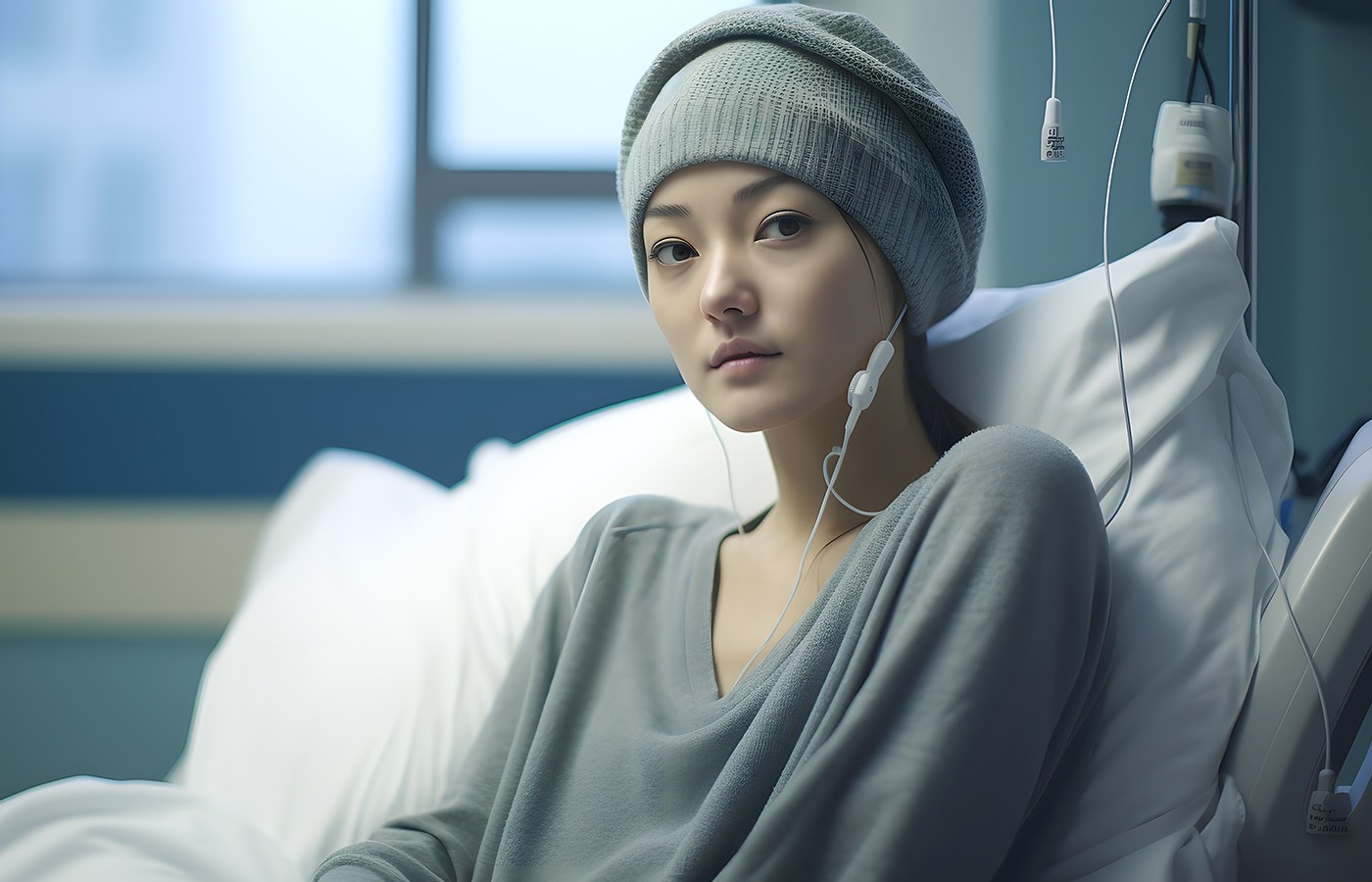Whether you accept it, avoid it or live somewhere in between, insurance coverage has become a defining issue for our profession. Patients increasingly expect to use their benefits, practitioners want to be compensated fairly for their time and expertise, and the system itself remains – at best – fragmented. The encouraging news is that coverage has expanded in meaningful ways. The challenging news is that reimbursement, across the board, remains inadequate.
Acupuncture for Post-Radiation Xerostomia
- Xerostomia (dry mouth) may occur in conjunction with radiation treatment for cancer, particularly head and neck cancer, and may become chronic post-treatment.
- A new randomized clinical trial compared acupuncture with sham acupuncture and standard intervention for improving xerostomia symptoms and overall quality of life.
- Nearly a third (31.3% of patients receiving true acupuncture experienced a partial response at week four, compared with only 17.1% of patients in the sham group and only 14.1% of patients in the control (standard oral hygiene) group.
Xerostomia (dry mouth) “is the sensation you may feel when you don’t have enough saliva (spit).” It can be caused by certain medications and underlying health conditions including salivary stones, diabetes and Alzheimer’s disease. Xerostomia also may occur in conjunction with radiation treatment for cancer, particularly head and neck cancer, and may become chronic post-treatment.
A new randomized clinical trial1 involving 258 patients with head and neck cancer and suffering from radiation-induced xerostomia compared acupuncture with sham acupuncture and standard intervention for improving xerostomia symptoms and overall quality of life. The three-arm, placebo-controlled trial recruited patients from community-based U.S. cancer centers (33 sites in 13 states) participating in the Wake Forest National Cancer Institute Community Oncology Research Program Research Base.
All patients reported grade two or three radiation-induced xerostomia 12 months or more after receiving bilateral radiotherapy as part of their cancer treatment. Patients were randomized into one of three groups: true acupuncture, sham acupuncture or standard oral hygiene (the control group). Patients in the acupuncture cohorts were treated two times a week for four weeks. (Patients who experienced a “minor” response to initial treatment received an additional four weeks of treatment.)
A total of 14 points, body and ear, were used for both acupuncture groups, with each session lasting 20 minutes. True acupuncture points “were at 3 sites on each ear (Shenmen, point 0, salivary gland 2-prime), a site on the chin (CV24), a site on each forearm (LU7), a site on each hand (LI 1-prime), and a site on each leg (K6) with 1 placebo needle at GB32 for a total of 14 sites.”
According to findings, published in JAMA Network Open, nearly a third (31.3% of patients receiving true acupuncture experienced a partial response at week four, compared with only 17.1% of patients in the sham group and only 14.1% of patients in the control (standard oral hygiene) group. The differences between true acupuncture patients vs. controls persisted through week 12. “Although there was some suggestion of a sham effect, the benefits of sham treatment were minimal and not associated with improvements in overall [quality of life].”
The research team concluded: “Although acupuncture mechanisms are not well understood, findings from multiple studies suggest possible central nervous system effects through manipulation of the fascia. Studies have revealed significant increased blood flow in the skin of the cheek of patients with xerostomia. Other plausible hypotheses suggest that increased production of certain neuropeptides after acupuncture stimulation may cause vasodilation and increased microcirculation.”
Reference
- Cohen L, et al. Acupuncture for chronic radiation-induced xerostomia in head and neck cancer: a multicenter randomized clinical trial. JAMA Netw Open, 2024;7(5):e2410421. Click here to read the full study.



